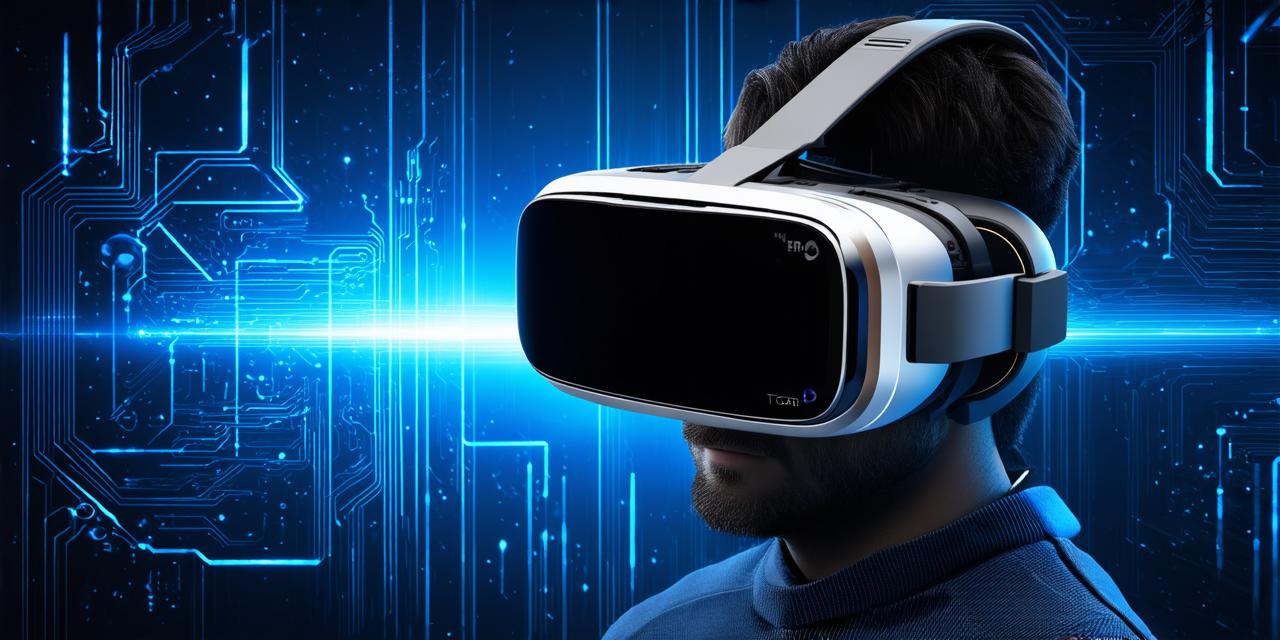<!DOCTYPE html>
Key Concepts of AR/VR Development:
-
User Interface (UI) Design: UI design is a crucial aspect of AR/VR development. It involves designing an interface that allows users to interact with the virtual environment in a natural and intuitive way. Good UI design can help users navigate the virtual world more easily and improve their overall experience.
-
Computer-Generated Imagery (CGI): CGI is used to create 3D models, animations, and other visual effects that are used in AR/VR applications. High-quality CGI can make the virtual environment look more realistic and engaging for users.
-
Tracking and Sensing: Tracking and sensing technologies are used to track the user’s movements and provide feedback to the virtual environment. This allows users to interact with the virtual world in a more immersive way.
-
User Experience (UX) Design: UX design is about creating an enjoyable and memorable experience for the user. It involves designing the AR/VR application to be intuitive, easy to use, and engaging. Good UX design can help users stay engaged and return to the virtual world more often.
Applications of AR/VR Development:
-
Gaming: AR/VR is transforming the gaming industry. Games are now more immersive and interactive than ever before. Players can experience the game in a 3D environment and interact with it using hand gestures or other movements. For example, games like “Pokemon Go” use AR to overlay virtual creatures on real-world environments, making them accessible and engaging to players.
-
Healthcare: AR/VR is being used in healthcare to simulate surgical procedures and provide training for medical professionals. This allows doctors and nurses to practice their skills in a safe and controlled environment, reducing the risk of errors during real-world surgeries. For instance, the VR system “Holodeck” was developed by Lucasfilm and used in “Star Wars: A New Hope” to create a fully immersive virtual environment for medical training.
-
Education: AR/VR is being used in education to create interactive and engaging learning experiences. Students can explore historical events or scientific concepts in a 3D environment, making it easier to understand complex ideas. For example, AnatomomyVR is an AR application that allows medical students to explore the human body in 3D, providing them with a better understanding of anatomy.
-
Retail: AR/VR is being used in retail to enhance the shopping experience. Customers can try on clothes virtually, see how furniture would look in their home, and even explore products in 3D before making a purchase. For instance, IKEA Place is an AR app that allows customers to visualize furniture in their homes before buying it.
-
Training and Simulation: AR/VR is being used for training and simulation purposes in various industries such as aviation, military, and manufacturing. This allows individuals to practice skills in a safe environment and improve their performance. For example, the Air Force uses VR simulations to train pilots in a controlled environment, reducing the risk of accidents during actual flights.
Case Studies:
-
Pokemon Go: Pokemon Go is an AR game that has taken the world by storm. The game overlays virtual creatures on real-world environments, making them accessible and engaging to players. Players can interact with the creatures using their smartphones and can even battle each other in real life.
-
Holodeck: The Holodeck is a VR system developed by Lucasfilm that was used in “Star Wars: A New Hope” to create a fully immersive virtual environment for medical training. The Holodeck allowed doctors and nurses to practice their skills in a safe and controlled environment, reducing the risk of errors during real-world surgeries.
-
AnatomomyVR: AnatomomyVR is an AR application that allows medical students to explore the human body in 3D. The app provides students with a better understanding of anatomy by allowing them to visualize the body’s structures and functions in a more interactive way.
-
IKEA Place: IKEA Place is an AR app that allows customers to visualize furniture in their homes before buying it. The app allows customers to see how different pieces of furniture would look in their home, making it easier for them to make informed purchasing decisions.
-
Flight Simulator: Flight Simulator is a VR application that allows individuals to practice flying in a controlled environment. The app provides a realistic flying experience, allowing users to improve their skills and prepare for real-world flights.
In conclusion, AR/VR development offers a range of applications that can enhance user experiences across various industries. From gaming to healthcare, education to retail, AR/VR has the potential to revolutionize the way we interact with technology and the world around us. As these technologies continue to evolve, we can expect even more innovative and immersive experiences in the future.
